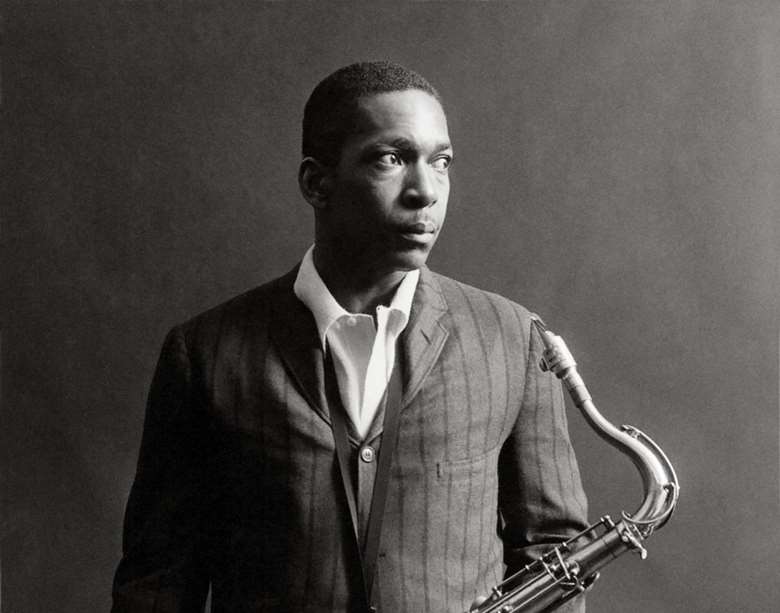John Coltrane: the lost album
Tuesday, September 18, 2018
The unexpected news of the existence of an unreleased John Coltrane studio session, now issued as Both Directions at Once – The Lost Album, is sure to get the jazz world’s pulse racing.


Register now to continue reading

Thank you for visiting Jazzwise.co.uk. Sign up for a free account today to enjoy the following benefits:
- Free access to 3 subscriber-only articles per month
- Unlimited access to our news, live reviews and artist pages
- Free email newsletter